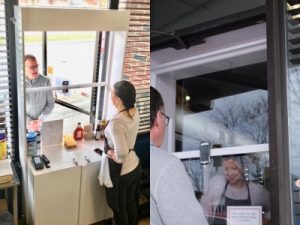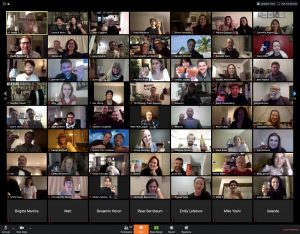The KooZA/rch platform featured interviews with seven Azrieli School master's students on their thesis or studio projects in 2020.
Shannon Clark
Acidic Landscapes
Studio
The Acidic Landscapes maps are a triptych of drawings that analyze Acid Mine Drainage in and through the three states of matter: liquid, solid, and gas and their impact on the environment and people.
“The decision to map the systemic inequalities connected to Acid Mine Drainage (AMD) was based on the alien appearance of Johannesburg’s mine tailings which in photographs appear massive, artificial and strangely alluring – particularly in contrast to the city’s skyline.”
Shannon Clark
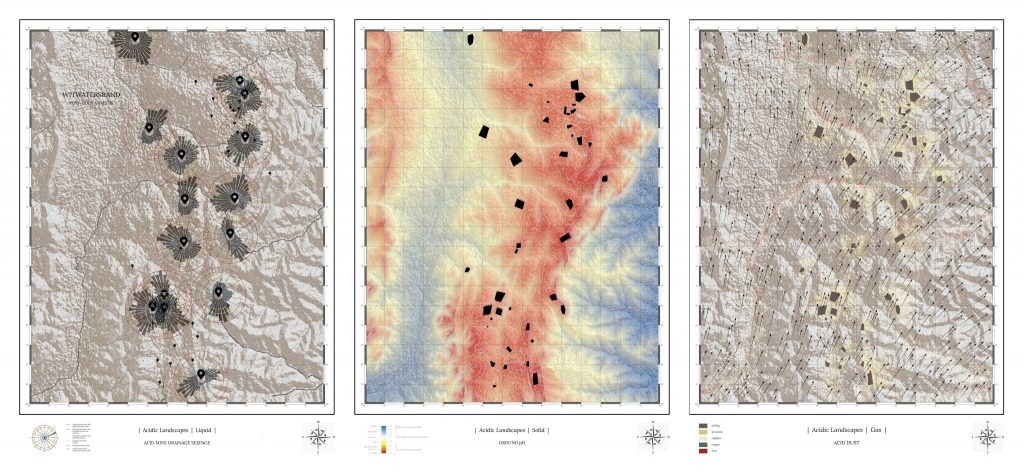
Zachary Coughlan
Life on the Edge: The Archeologist, the Oil Rig, and the Newfoundlander
Thesis
This project looks at the coastal edge of Newfoundland in 2101, specifically the UNESCO world heritage site of L’anse aux Meadows. It proposes that components of disassembled oil rigs be used to form a protective barrier for the archeological site against the rising sea.
“This project was prompted by a desire to better understand the contemporary circumstances of the place that shaped me and a passion for mitigating anthropogenic climate change.”
Zachary Coughlan
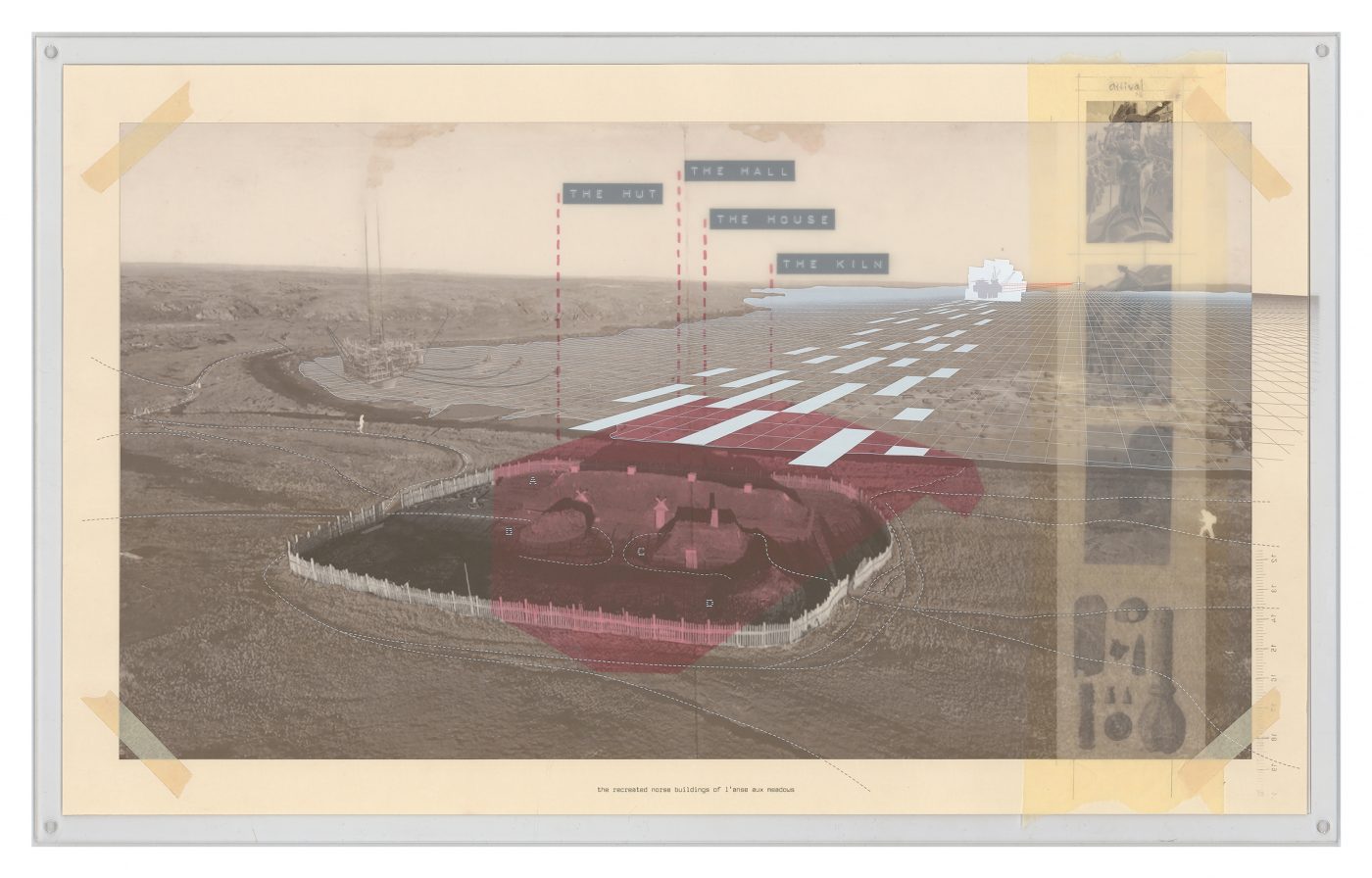
Maya Jarrah
Against Gravity: An Exploration in Post-Conflict Aleppo
Thesis
This project begins with four of Hosan Katan’s photographs and explores ways that would contribute to the re-emergence of the social and urban fabric of Aleppo through these immediate situations. Qualities and elements in these photos are catalysts for architectural acts, that serve as a scaffold for re-establishing a collective and engaged city.
“With this project, I was trying to reflect on Aleppo’s rich history to imagine a hopeful and joyful recovery of the city, and to challenge the assumption that Aleppo will never rise again.”
Maya Jarrah
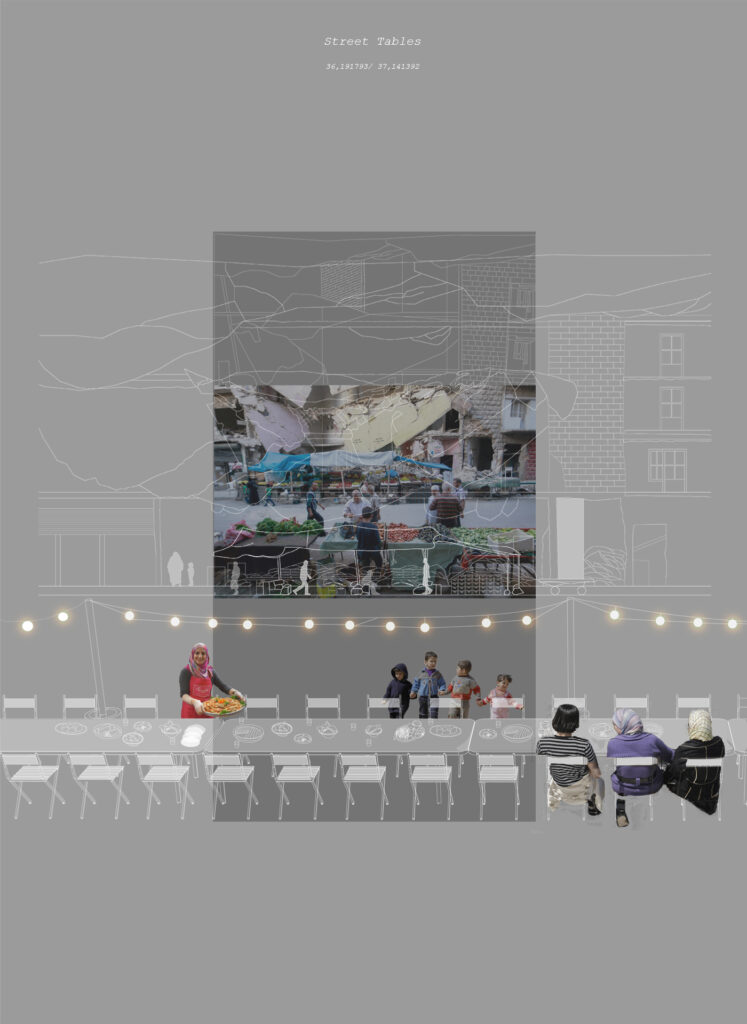
Matthew Nestico
OneNYC Company
Thesis
This thesis is a presentation of the OneNYC Company Plan for 2050 and Beyond: a series of amendments to the official document which focuses on the New Yorkers of New York. Using architectural, infrastructural, and industrial technologies, the OneNYC Company aims to reconstitute New York and work with climate change to redesign the city.
“Sustainable design is more than just aiming for a net-zero carbon emission. Sustainability means constructing with local materials, assembling with minimal energy waste, and using architecture to give back to the neighbourhood.”
Matthew Nestico
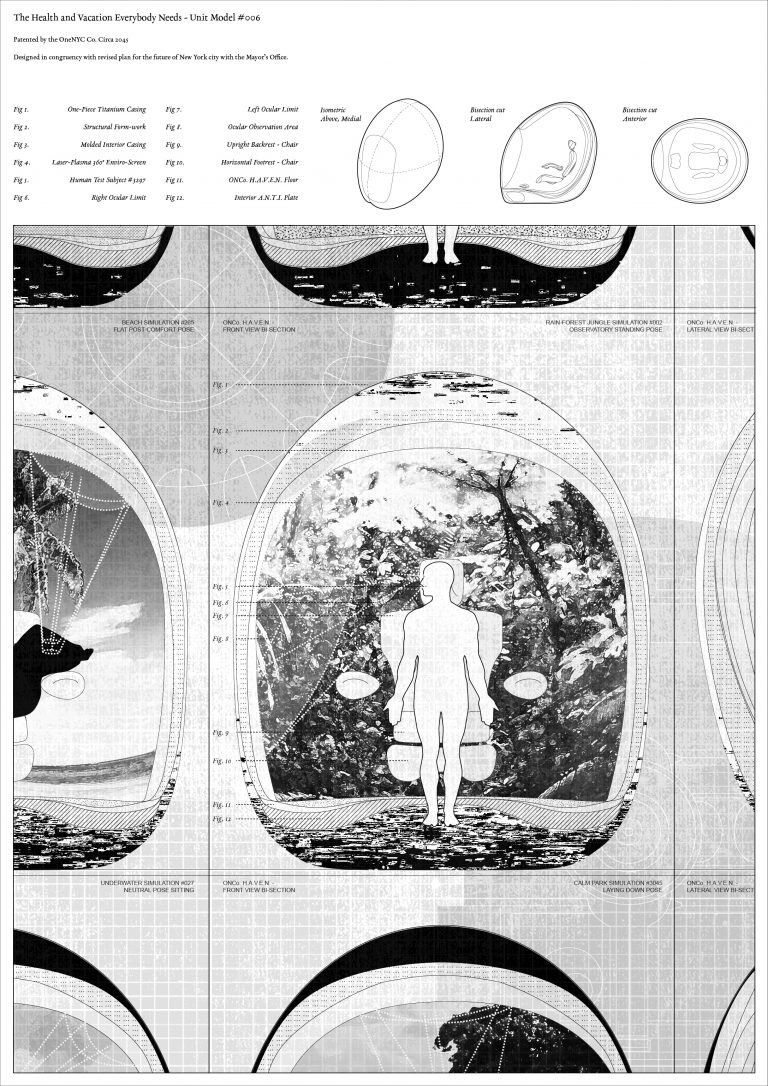
Ivana Rovic
These Pretzels are Making Me Thirsty
Thesis
This project explores the relationship between architecture and stand-up comedy. Theories that explain what makes us laugh are used to visualize the importance of vulnerability and expectations in comedy within comedic venues. Following this research, a comedic narrative was created in IKEA that would employ the various theories and essential aspects of comedy.
“I realized that the purpose of the thesis was for me to make connections between architecture and comedy that would reveal the inescapable affects that architecture has on everything we know.”
Ivana Rovic
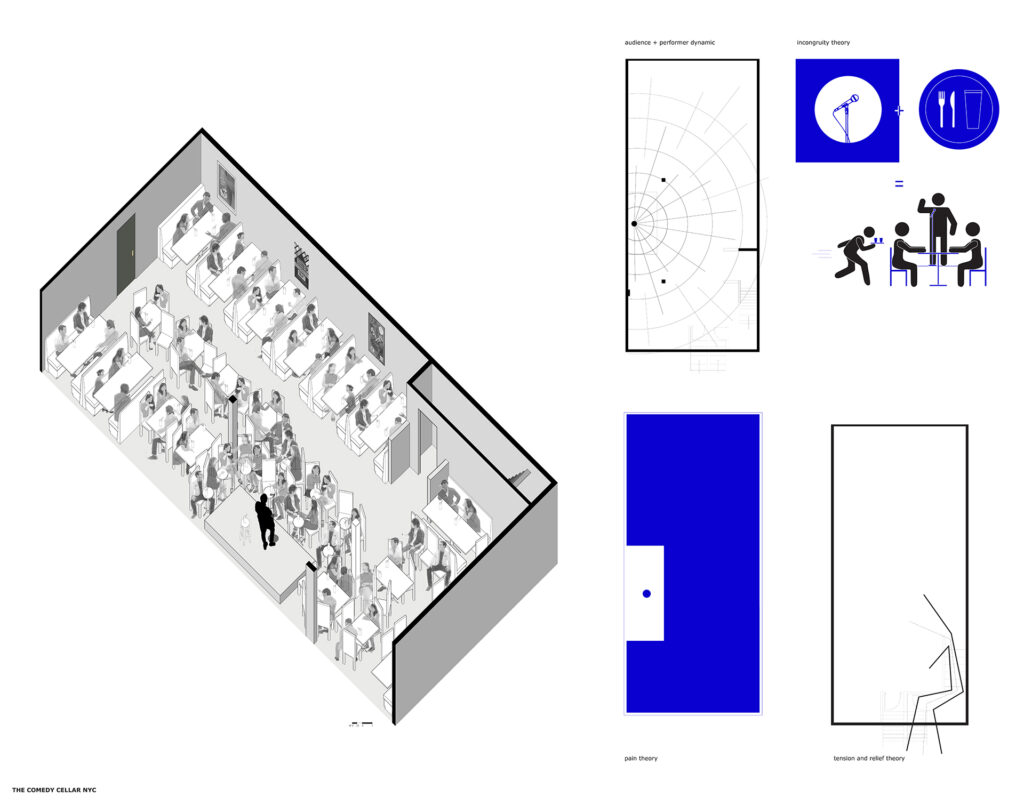
Joel Tremblay
Machine City Stadium
Master’s Studio: Deep Dust | The Killing Dark
This project looks at the destructive nature of mineral extraction processes and the effect that these industrial processes present. It is a reflection on how large corporations have allowed human life to become expendable, exploitable, and replaceable by machines.
“The project questions a future where AI takes over the mining industry, leaving behind amass of analog machinery and unemployed workers.”
Joel Tremblay

Michael Yoshimura
Shotengai
Thesis
The thesis uses the medium of the science-fiction short film to address the potential of architecture to narrate the contemporary notion of Shinto techno animism.
“The project interprets techno-animism’s spatial consequences to range from vast infrastructures to the minute household item, each interconnected through spiritual kami. Shinto beliefs are complex and ever-changing. Space and object become a metaphor which relates Shinto myth with everyday reality.”
Michael Yoshimura
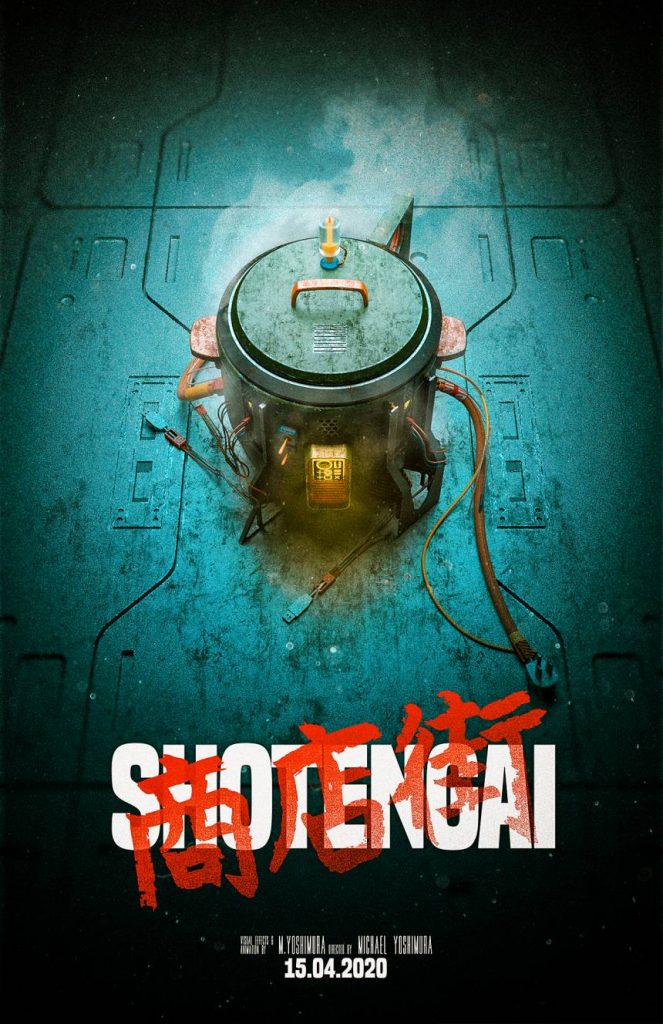
e
